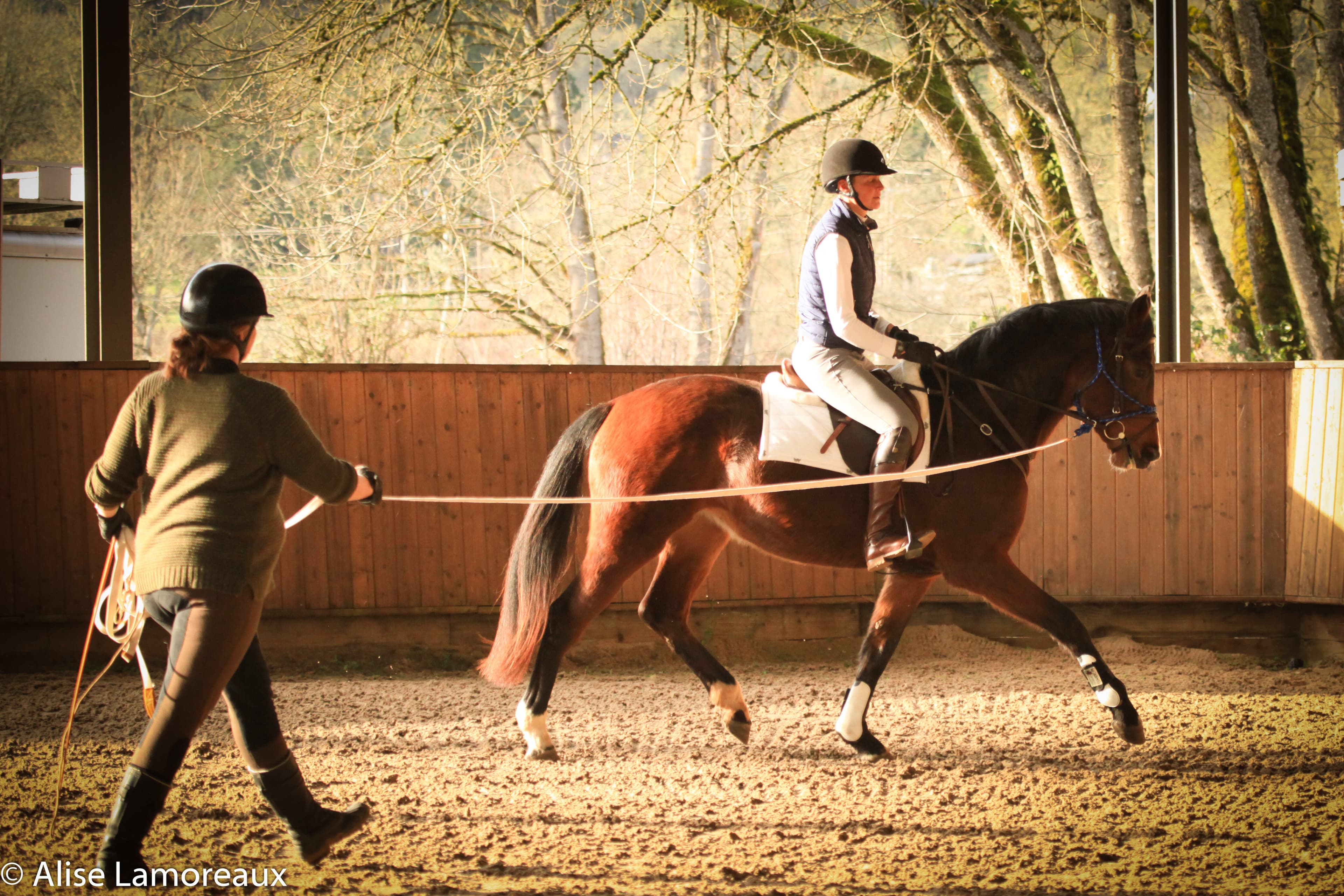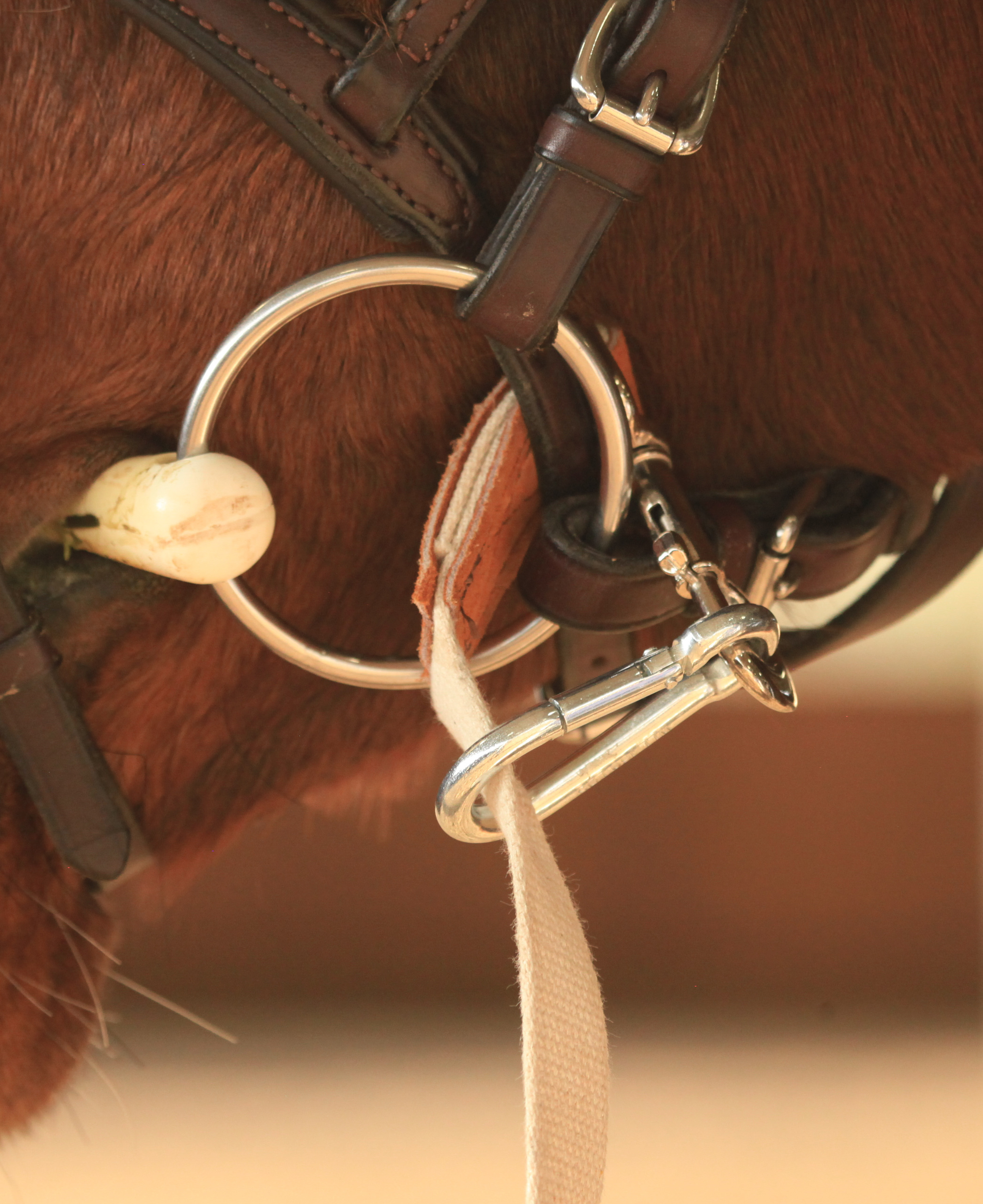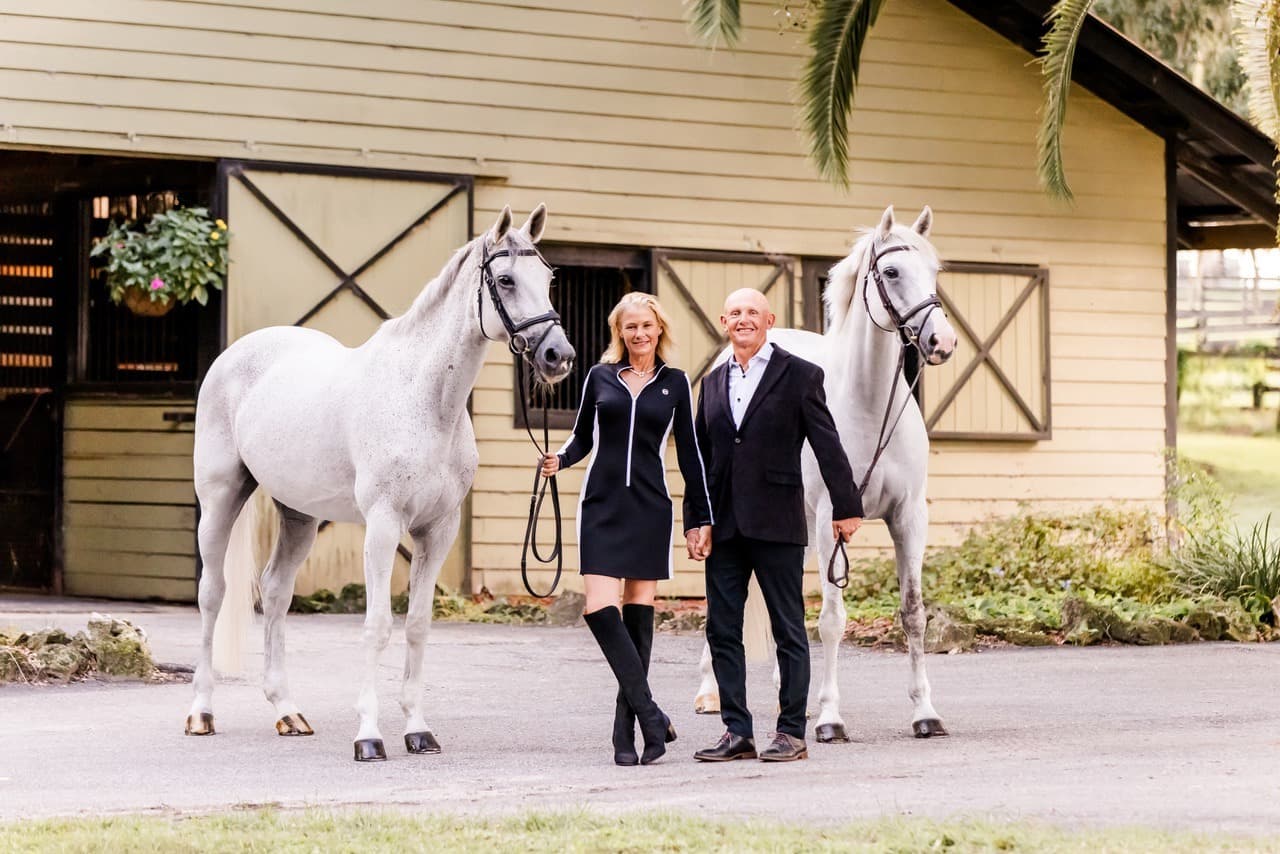Giving Your Future Event Horse the Right Start, Part One

This article originally appeared in the May/June 2018 issue of Eventing USA magazine and has been split into two parts for publication on the USEA website. Stay tuned for part two!
Horses aren’t born broke and ready to ride – as much as we wish they were! There are two critical steps in the process of getting your future event horse ready for his career: backing and breaking. Backing is the process of familiarizing a horse to wear tack, ground work and a rider sitting on top of the horse. Breaking is the process that includes backing, but the horse learns to be ridden through all gaits. Unless you are a very experienced and competent horseman, these two processes should be handled by an expert. A dangerous situation can easily be created for the rider or trainer which could result in the horse becoming difficult to mount, bucking, rearing or bolting as well as physical injury to either the horse or rider. It is especially important to make sure that your young horse has a positive and safe experience during this process!
Often the local cowboy is hired for backing and breaking. There is great value in having your horse properly “sacked out” which many of these types of professionals do an excellent job. Sacking out is a method commonly used by trainers to desensitize a horse to potentially frightening situations or objects. Training a horse to walk calmly over a plastic tarp – an object most horses are afraid of – is an example of sacking out. Hiring a professional who specializes in starting sport horses can be beneficial in order to avoid some training issues that could follow throughout an event horse’s career.
Early Training of the Horse: Familiarization with the Tack, Lunging, and Long-Lining
Depending on a horse’s development, I prefer to start my young horses in the springtime of their 3-year-old year. Some professionals recommend waiting until their 4-year- old year. Always have a veterinarian check their teeth before beginning this process. Many behavioral issues start as a pain response. Weather that is at least as warm as 50 degrees is ideal since cooler temps tend to make horses frisky. The backing and breaking process usually takes about 30-90 days. Consider the latter for a more complete education. Horses are individual in their maturity, trainability, and athleticism so some may need extra time. Limiting physical exercise to roughly 25 minutes is adequate at this stage. Short breaks during the workout should be given during exercise to avoid soft tissue injuries. Time can be spent on ground work before and after. Consistency is key and a routine of working five to six days a week helps to keep a young horse settled during the process.
Before wearing tack, basic ground work and line work should be taught. Young horses are very unpredictable so always wear a fastened helmet, gloves, and suitable footwear when handling a young horse. Using exercise boots on your horse will help to avoid splints or tendon injuries. I recommend using a large round pen with at least 5-foot 6-inch high sides since many young event horses are now bred to jump that height easily. It is safest if the walls are solid and slightly angled away. A round pen creates an area with which horses can become acquainted in a secure, safe zone – very important to relieving potential anxiety. The shape of the round pen also lends itself to easily teaching the horse to move in a circle when lunging. If there is no access to a round pen, one end of a covered arena is a suitable alternative. A temporary wall using show jumps can be erected through the middle of the arena to further section off one of the ends.
While working a young horse in hand, there are several concepts that need to be introduced. In the beginning, lunging can be introduced using either a lunge cavesson, a rope halter, or a snuggly fitted halter. Teach the horse voice commands through all the gaits and, for safety reasons, the meaning of “whoa.” Allow a horse the necessary time needed to find his own balance in all gaits before carrying a rider. If he has found adequate balance without a rider, he should be able to pick up his canter leads in each direction. The ideas of moving away from pressure and moving forward should also be introduced. Many horses will move into pressure instead of away from it. Ideally the handler should be able to touch the horse’s side and the horse will step away. Introducing a dressage whip and desensitizing the horse by lightly sliding it over his body is also helpful. Then, use it as an assist to encourage the horse to move forward when being led. Sometimes young horses will be annoyed or agitated by the whip. Familiarize him to its meaning before he is ridden with one. Having the whip may come in handy later to encourage the lazier types to move forward.
The first couple of months under saddle can be formative to a horse’s contact with the bit. Such issues as sores at the corner of mouth, curling behind the bit, the tongue popping out the side of their mouth, a gaping open mouth, grinding of teeth, and drawing the tongue back are often the result of discomfort with the bit. Some safe options for bitting are a soft rubber Nathe, Happy Mouth with cheeks, 18mm KK ultra loose ring or a double-jointed egg butt. Many of the loose ring bits can have bit guards added making them less likely to pull through the mouth or pinch the corners of the mouth. However, with bit guards, the bit needs to be slightly larger as the guards will take up room. Gravitate toward thinner, less severe bits with two joints at first so the horse doesn’t feel like he’s gagging on a thick mouth piece. As the young horse is furthered in his education, a professional trainer can tailor the bitting to suit a horse’s way of going.
There are several methods to introducing contact with the bit. One method is through the use of very loose side reins. Adjust them so that the horse can still push his nose out but with enough tension that he is able to feel the weight of the side rein on the bit, simulating the pressure a rider would have on the reins. For sensitive horses, consider attaching just the outside side rein and using the lunge line to encourage bend, a concept similar to the dressage concept of connection. In time, both side reins can be attached and shortened to encourage the horse to use his topline properly, never shortening the neck. Use extreme caution when first asking the horse to lunge in shortened side reins. It is imperative that the horse never feels trapped by tight side reins as they can panic, run backwards or rear. Always encourage the horse to move forward while they are attached.
Another method to introduce contact and steering is through long lining. Long lining is a method that uses two lunge lines, one attached on either side of the horse, then trailing the lines behind the horse to the handler. The handler then steers the horse through an arena much like in a horse carriage position, except without a horse carriage. This allows the horse a chance to be maneuvered through an arena by feeling contact with the bit on either side. It also gives a young horse the opportunity to continue his education outside of the round pen gaining confidence in a new environment. If selecting a professional who uses this method, be sure that that person has a great deal of experience since some horses can be unsettled with the lines trailing behind them.
Methods for Properly Attaching the Lunge Line
Be aware that how the lunge line is attached to the bridle can create issues as well. Fastening the lunge line by going through the bit on one side, over the head and attaching to the other ring of the bit creates poll pressure and often does not encourage early acceptance of the bit. Many lunge cavessons are designed to attach a bit to encourage acceptance while still using one of the rings of the cavesson to attach the line. These methods give the horse more of an opportunity to accept the bit without the added pressure or movement that the lunge line creates.
A crown piece, cheek pieces and bit can also be worn over the cavesson. The heavy, padded noseband combined with the attachment rings for the lunge line over the nasal bone provides the trainer an enormous amount of control when needed in the breaking process.

Consider using a rope halter over the bridle and attach the lunge line to the rope halter for more sensitive type horses.

Another method is to attach the line by going through the bit, around the cavesson, and clipping back to the lunge line. The bit will not pull through the horse’s mouth attached this way because it’s fastened around the cavesson, which will prevent that.

About Sarah Lorenz
Sarah Lorenz has been specializing in starting young horses for almost 20 years in eventing and runs her business Stone’s Throw Farm in Eugene, Oregon. She also breeds Holsteiner/Thorougbred crosses purpose-bred for eventing. Lorenz has ridden through the Advanced level, has a graduate “A” Pony Club rating, and is a USEA Level II ICP Certified Instructor. She is currently an Area VII Young Rider team selector and working towards the new ICP Young Event Horse Professional Horse Trainer certification.
Did you enjoy this article? Want to receive Eventing USA straight to your mailbox? Members receive Eventing USA as part of their USEA Membership or you can purchase individual issues from the USEA Shop.














